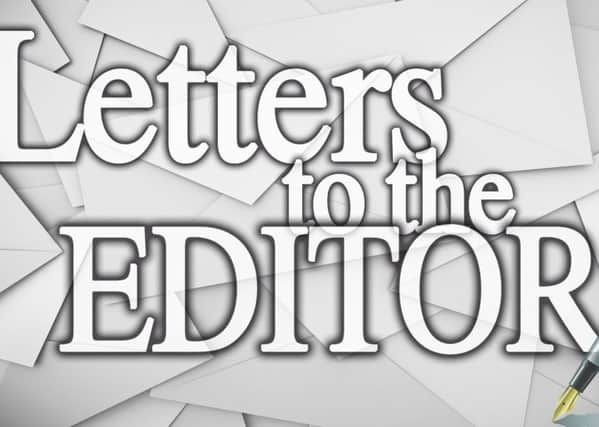The Matrix vote is a possible method for Stormont


So, let the Assembly have an election in which all MLAs can participate, not just a verbal d’Hondt procedure for a few party leaders.
After all, forming an administration in a purely verbal process can be problematic and protracted.
Advertisement
Hide AdAdvertisement
Hide AdLast year, it took the Irish parliament 70 days, while the Spanish needed two elections and 313 days.
When the Dáil was finding it so difficult last year, this Institute, the Irish Times and DCU held a joint public meeting in Ballymun in which the public role-played ‘TDs’ forming a government of national unity.
The procedure known as a matrix vote allowed each ‘TD’ to vote, in order of preference, not only for those whom he/she wanted in Government, but also for the particular Department in which each of these nominees was to serve.
The task was done in just one day, with electronic voting of course.
Advertisement
Hide AdAdvertisement
Hide AdThe matrix vote is PR so, sure enough, the outcome was an Executive in which every party was represented, and secondly, all the successful Ministers were well suited to their particular appointment.
The matrix vote was first tested at the New Ireland Group’s People’s Convention of 1986, a public meeting of over 200 ranging from Unionists like the late Sir Edward Archdale to Republicans such as Alex Maskey, now MLA.
Since then, this voting methodology has been tested on many occasions in many venues, from Belfast to Dublin, from Berlin to Tianjin; it is proportional, robust, inclusive, accurate and, most importantly perhaps, gender and ethno-colour blind — perfect for any ex-conflict zone.
Peter Emerson, The Director, the de Borda Institute, 36 Ballysillan Road, Belfast BT14